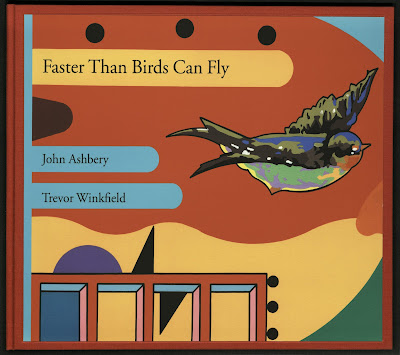“It would take Tolstoy some time to sound the alarm that humanitarianism could entrench war. On the way to doing so, he had one of his most famous characters embrace the inverse proposition: brutality can make it rare.“One thing I would do if I had the power,’ Prince Andrei, the debonair and reflective leading man of War and Peace, declares, ‘I would not take prisoners.’ It comes to the hero as an epiphany: if in battle an enemy soldier were captured, or if he laid down his arms and surrendered, it should not save him from death. No one today thinks it is permissible to kill enemies in war summarily when they are captured or surrender. In fact, to do so is today a gross war crime. ...”
2019 July: War & Peace (TV 2016)
















































